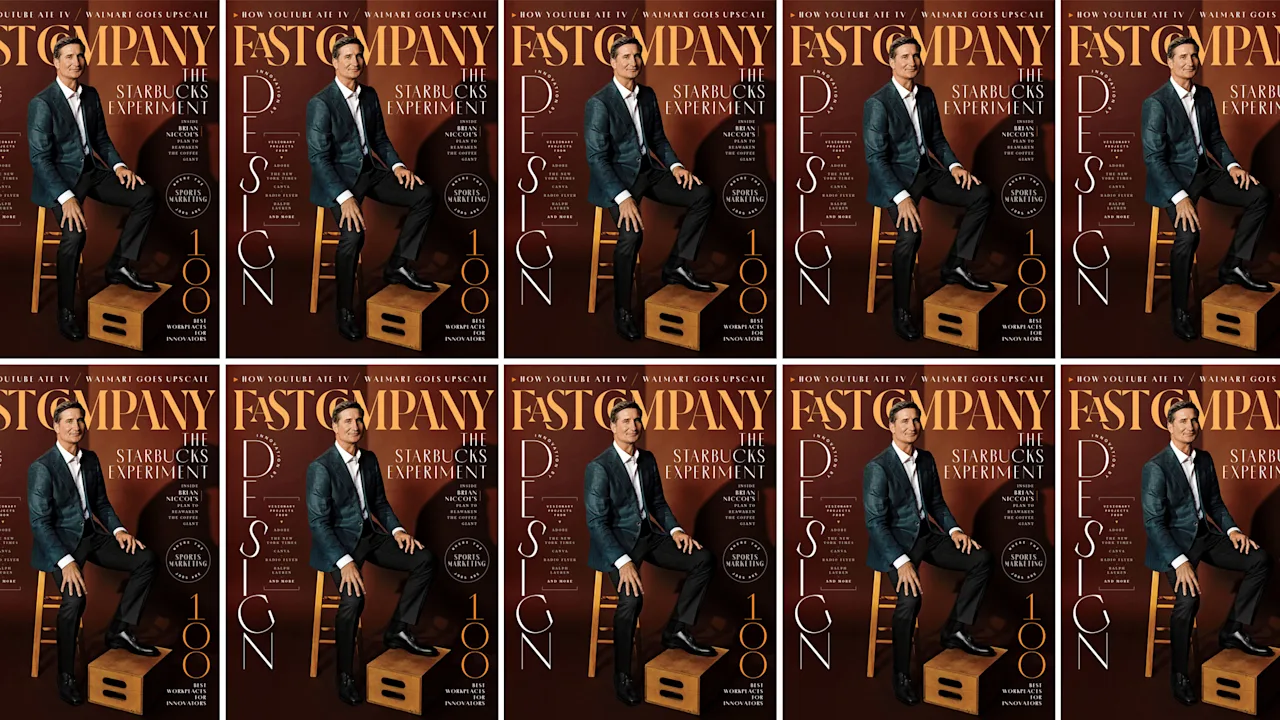www.fastcompany.com
When people think innovation, they tend to think startup. Theres no question that the most transformative ideas in business often emerge from young ventures: new entrepreneurs building new companies powered by new ideas. At Fast Company, we peer around a lot of corners, trying to identify the most compelling stories emerging from this undiscovered terrain.But I have a little secret to share. While I love the shock of the new as much as the next business journalist, theres a subset of innovation coverage that I tend to find more surprising and inspiringgreat stories about legacy businesses that are innovating from within. This issue is full of fine examples of this, starting with our cover story on Starbucks and its CEO, Brian Niccol, by global design editor Mark Wilson.Shortly after taking the Starbucks job a year ago, Niccol launched a back-to-basics strategy. He culled the bloated menu, launched an ad campaign that refocused consumers attention on the quality of the coffee itself, jettisoned those printed drink-order stickers on cups for cute handwritten Sharpie notes, and worked to improve the physical experience of sitting in a Starbucks and enjoying your drink. All of these moves acknowledged that in its pursuit of operational efficiency (including a gold-standard app for pickup orders), the coffee giant had lost some magic.Niccol has stabilized Starbucks, but the strategy has yet to deliver the results shareholders expect and demand. He insists that its early still, and that his plan for year twoincluding a full redesign of 1,000 storeswill move the numbers in a meaningful way. Wilson explains and analyzes this plan in detail.Later in the issue, senior staff writer Elizabeth Segran talks to Latriece Watkins, the chief merchant at Walmart and a two-decade veteran of the company. Watkinss delicate task: attracting affluent shoppers to the value chain without alienating its budget-conscious consumer base.And I interviewed ESPN chairman Jimmy Pitaro about the sports behemoths new eponymous streaming service, which finally debuted in late August after years of planning and half-measures such as ESPN+. Among the topics we covered was gambling, an increasingly integrated feature of the ESPN experience. Is that innovative? Sure. Is it good for sports (and society)? Almost certainly not.Theres probably another reason I like to readand publishjournalism about innovation at legacy companies: Fast Company is itself a legacy brand. We turn 30 this fall. In November 1995, Bill Taylor and Alan Webber, whod formerly worked at the Harvard Business Review, launched this sui generis business magazine. It immediately spawned a flurry of imitators, such as Business 2.0, Red Herring, and The Industry Standard. Only Fast Company remains. I like to think that its because we take what we cover so seriouslyand learn from it.Happy birthday to us! And thank you, as always, for being here.




